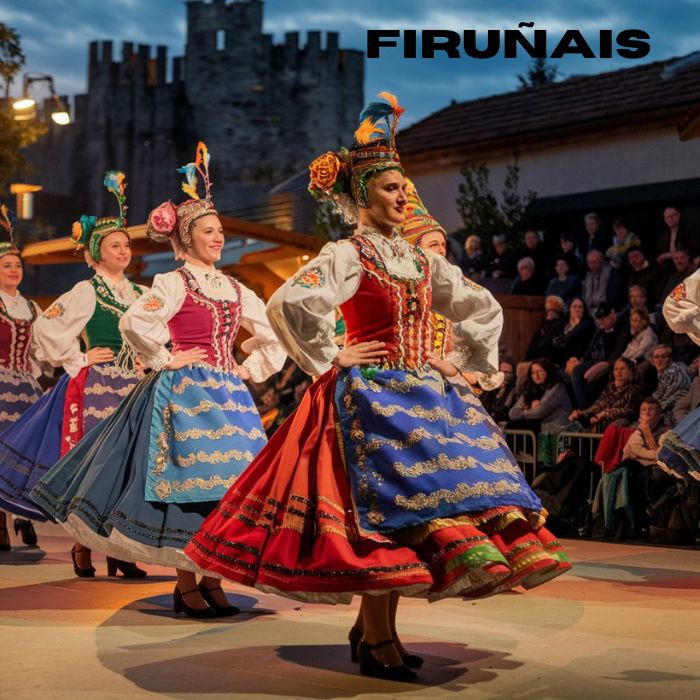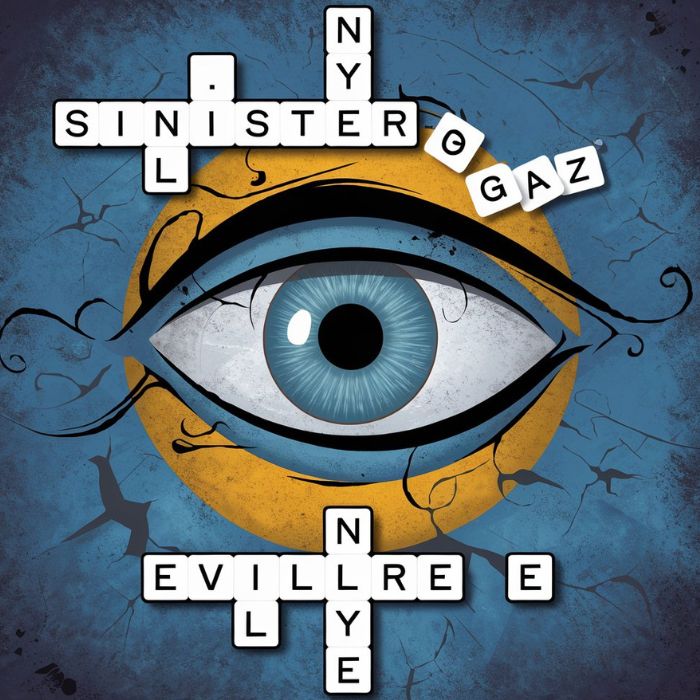Preface of the Firuñais
Nestled in the heart of a vibrant cultural landscape, firuñais is more than just a name; it embodies a rich tapestry of art, history, and tradition. This fascinating realm draws you in with its colorful narratives and captivating customs. Every corner tells a story—each brushstroke and melody woven into the fabric of its identity.
As we dive deeper into the world of firuñais, you’ll discover how art plays an integral role in shaping this unique culture. From age-old traditions to lively festivals that evoke joy and unity, there’s so much to explore. Join us on this journey as we unveil what makes Firunais truly special—a place where past meets present in beautiful harmony.
The Role of Art in Firuñais Culture
Art plays a pivotal role in firuñais culture, serving as both expression and identity. It reflects the community’s values, dreams, and struggles.
Visual arts are especially significant. Vibrant murals decorate public spaces, telling stories of generations past. These artworks invite viewers to engage with history on a personal level.
Craftsmanship is equally cherished. Skilled artisans create intricate textiles that embody traditional techniques passed down through families. Each piece carries its own narrative.
Performing arts add another layer of richness. Dance and music capture the essence of Firunais life. They unite people during festivals and gatherings, fostering a sense of belonging.
Art is not merely decorative; it’s woven into daily existence in Firunais society. Through creativity, individuals connect with their heritage while inspiring future generations to embrace their roots.
The Rich History of Firuñais
The history of firuñais is a tapestry woven with vibrant threads of culture and tradition. This ancient land has witnessed the rise and fall of empires, each leaving its mark on the local heritage.
Archaeological findings reveal artifacts dating back thousands of years. These discoveries help us understand how the people lived, worshipped, and expressed themselves through art.
Throughout its history, firuña became a crossroads for trade routes. Merchants from distant lands brought their influences, enriching Firunaisian customs further.
The legacy of great leaders still resonates today. Their stories are passed down through generations, showcasing resilience in the face of adversity.
As time marched on, wars and conflicts shaped its narrative too. Yet amidst turmoil, the spirit of creativity thrived—artisans continued to hone their craft.
This rich past continues to inspire those who seek to uncover more about this fascinating culture.
Unique Traditions and Customs of Firuñais
Firunais boasts a tapestry of traditions that reflect its vibrant culture. One notable custom is the annual gathering known as “The Dance of Echoes.” Here, participants dress in colorful garments and perform intricate dances that symbolize harmony with nature. The rhythm resonates through the valleys, creating a mesmerizing experience.
Another intriguing aspect is the craft of storytelling. Elders pass down tales during moonlit nights, weaving legends and moral lessons into their narratives. This practice strengthens community bonds while preserving history.
Food plays a central role too. Special dishes are prepared for various occasions, each recipe infused with ancestral wisdom passed through generations.
Artisans still practice traditional crafts like pottery and weaving, using techniques that have remained unchanged for centuries. These customs not only celebrate identity but also ensure continuity in firuñais’ cultural heritage.
Famous Festivals and Celebrations in Firuñais
The vibrant festivals of Firunais are a feast for the senses. Each celebration is rooted in deep cultural significance and showcases the community’s rich heritage.
One of the most anticipated events is the Festival of Lights. This dazzling display illuminates streets with lanterns, captivating everyone who attends. The atmosphere buzzes with music, dance, and laughter as families come together to share traditional dishes.
Another highlight is the Harvest Festival, held at the end of each growing season. It honors agricultural practices and brings locals together for games, food stalls, and performances that celebrate nature’s bounty.
Additionally, there’s a unique festival dedicated to storytelling. Here, elders pass down tales through spoken word and song. This tradition strengthens bonds while preserving history in an engaging way.
Each festival reflects not just joy but also unity among people—an embodiment of Firunais culture that thrives on shared experiences and collective memory.
Influence of Firuñais on Modern Day Art and Culture
The influence of Firunais on modern-day art and culture is profound. Artists today draw inspiration from its vibrant colors, intricate patterns, and rich symbolism. This tradition infuses contemporary pieces with a sense of history.
Urban street art has seen a resurgence in techniques reminiscent of Firunais craftsmanship. Murals adorned with traditional motifs can be found in cities worldwide, bridging the past with the present.
Fashion designers also embrace Firunais aesthetics. They incorporate iconic designs into textiles, creating garments that celebrate this heritage while appealing to current trends.
Moreover, filmmakers are exploring themes rooted in Firunais narratives. These stories resonate globally, allowing audiences to connect deeply through universal emotions and experiences.
Social media platforms amplify these influences further by showcasing artists who reinterpret classic styles for today’s world. The dialogue between old and new continues to evolve endlessly within creative communities everywhere.
Preserving the Heritage of Firuñais: Challenges and Efforts
Preserving the heritage of firuñais faces numerous challenges. Rapid modernization often threatens traditional practices and art forms unique to this rich culture. Young generations gravitate towards contemporary influences, risking the loss of ancestral knowledge.
Community efforts play a crucial role in safeguarding traditions. Local artists collaborate on workshops that promote ancient techniques, ensuring they remain alive for future creators. Schools have begun integrating Firunais history into their curricula, allowing children to connect with their roots.
Documentation is essential as well. Many organizations are dedicated to archiving stories and artifacts related to Firunais culture. Digitizing these materials helps reach a broader audience while preserving them from physical decay.
Cultural festivals also support preservation initiatives by showcasing traditional dances, music, and crafts. These events not only celebrate heritage but also instill pride among participants—encouraging everyone to cherish what makes Firunais special.
Final Thoughts
Firunais is more than just an art form; it embodies a rich tapestry of culture, history, and tradition. Each brushstroke and color choice tells the story of its people, their struggles, triumphs, and values. The vibrant festivals that celebrate Firunais reflect the community’s spirit and unity.
Yet, as we cherish this unique heritage, we must also confront the challenges threatening its preservation. Globalization poses risks to traditional practices, while modernization can dilute cultural expressions. However, many dedicated individuals and organizations are working tirelessly to ensure that Firunais remains alive for future generations.
The beauty of Firunais lies not only in what has been created but also in how it continues to inspire contemporary artists today. As new interpretations emerge from ancient traditions, they keep the essence of Firunais evolving while remaining rooted in its past.
Embracing this dynamic interplay between history and modernity ensures that Firunais will thrive. By valuing our artistic heritage alongside innovation, we can celebrate this remarkable culture now and into the future.











